Lamy: From Pioneer to Prominent Global Brand
How German Design and Engineering Created a Household Name
Lamy: The Prequel - 1930-1966
Josef Lamy was a sales representative for Parker Pens but had a vision for his own independent company, he saw this vision into fruition in 1930 with the establishment of Orthos Füllfederhalter-Fabrik. The business grew rapidly in its first decade. By 1939, 200,000 fountain pens were being produced annually under the Orthos and Artus brands. Production continued throughout the second world war and on March 31st 1948, C. Josef Lamy GmbH was founded.
The first writing instrument under the Lamy brand name was produced in 1952, entitled the Lamy 27 Fountain Pen. The Lamy 27 featured the innovative ‘tintomatik’ system and a streamlined design - It was a breakthrough for Lamy on the writing instrument market. The ‘tintomatik’ system allowed for smooth, clean flowing ink and helped make the Lamy brand name recognised as a symbol of quality.

The popularity of the Lamy 27 supported the move of C. Josef Lamy GmbH to a new location in Heidelberg in the district of Weiblingen, Germany. The headquarters remain in this location to this day. The move to Heidelberg may be argued to have been a part of the great success of Lamy as a brand. As a University City, there was high demand for quality writing instruments in the area and the city was a hub for post-war progression and innovation, particularly in the arts and design sectors (amongst others).

The trends and desires among pen users were changing and with the advent of the ballpoint pen in the 1940s, there had been suitable developments and refinements that there was more and more demand for quality ballpoint pens. Lamy released its first ballpoint pen with a large-capacity ink refill in 1964. The Exact was released as a ‘superior’ offering for those who enjoyed writing with ballpoint pens and its simple yet modern design was attractive to many, both in Germany and overseas.
Just two years prior to this, C. Josef Lamy’s son, Manfred Lamy joined his father in the business and became Lamy’s Marketing Manager. Aged just 26 at the time, Manfred brought a new perspective to the company and would go on to become the sole managing director in 1973.
1966 marks the point where many saw Lamy go from a strong competitor in the writing instrument market, to a giant leading the way in design-led innovation. Manfred Lamy developed a design philosophy which is still followed by the company today!
The Lamy 2000 has become somewhat legendary and was collaboratively created with German industrial Designer, Gerd A. Müller in 1966. The Lamy 2000 was made use of a new material, Makrolon, a thermoplastic polymer which was relatively unknown at the time. Makrolon was combined with matt-finished stainless steel to create an attractive yet incredibly strong and durable pen. The design itself did away with the excesses which were common at the time. The Lamy 2000 had no excess materials or design gimmicks. Manfred Lamy had sought out a designer to incorporate the ideas of the popular Bauhaus art and design movement whereby focus is set on the practical utility of an item or ‘form follows function’. He found the likemindedness of former Braun designer Müller and the legend was born. The Lamy 2000 is still in production today, with remarkably few changes to its overall design.
Developments in Lamy’s History
The 1980s were an important era for product development at Lamy. The Lamy Safari was introduced at the Frankfurt Fair in 1980, designed by Wolfgang Fabian it would go on to become one of the best-selling pens in the world.

The Safari and its derivatives, the AL-star and Vista lines were designed with students and young writers in mind. Each model is reasonably priced and features ergonomic grips and an angular design which remains popular to this day. The Safari’s spring loaded clip was a prominent detail and was considered quite ‘out-there’ at the time of its launch. It quickly became a popular addition to pencil cases in classrooms worldwide and its iterations feature a myriad of writing modes, colours and slight design elements that continue to make the Safari desirable.
In the middle of the decade, Lamy opened its own injection moulding hall, meaning that more aspects of the manufacturing process could take place in-house. The addition of the injection moulding hall alongside its own tool-making departments meant that the quality promise ‘made in Germany’ could be fully utilised and quality control could be managed more easily. It also meant that ink cartridges could be produced in-house which set Lamy up for the eventual release of their own brand of inks in 1989. The range of products available from Lamy itself, alongside its marketing campaigns (more on this later), promoted a brand loyalty which stood the company in good stead. Unfortunately C. Josef Lamy passed away at the age of 87 in July of 1986 but his vision for the company persisted. By the end of the decade, Lamy had begun taking on employees as sleeping partners with around a third of the workforce becoming sleeping partners.

The 1990’s was very much a celebration of the design aspects of Lamy, with the Galleria opening in 1996 in the heart of the Lamy campus. This purpose built gallery showcases the art and innovation of Lamy through an art gallery/exhibition hall ready to inspire. Next door to the Galleria a development centre was constructed, known as the innovation workshop. An unusual looking building of black glass and solar panels, the innovation workshop is not only the physical space within which the creative minds of Lamy get to work, but it is also a physical embodiment of their dedication to ecological and sustainable practices…quite the statement in its time.
The Scribble was introduced at the turn of the millennium and soon became a favourite among artists. The Scribble is a mechanical pencil which was designed to sit, perfectly balanced, in hand and creates a wonderful writing or drawing experience. The importance of ergonomics was also reinforced with the abc, a beginners pen designed for children not just to learn to write but to also support the learning process by making the task easier. It was designed by Entwicklungsgruppe Mannhei and behavioural scientist/ market researcher Prof. Bernt Spiegel.
I could fill page after page on the individual models and modes brought out by Lamy but the key aspect here is that every release from Lamy follows a clear design line - one which is highly celebrated through its awards for both writing instrument design and also packaging and marketing. There is consistency across its offerings which refuses to be anything less than stylish and practical in an astoundingly ageless manner. The Safari for example, remains as attractive today as it did at its launch 41 years ago. Simplicity is the key, yet style is never compromised. It is a precarious balance and one that Lamy has mastered.
Design & Marketing: The Lamy way

Specialised dealerships have been utilised throughout Lamy’s history as the sole distribution method for their products. In 1976 an advertising campaign was launched to bring Lamy into the public eye and shaped the brand well into the 1990’s. Lamy has always engaged with attractive promotional aids such as the Lamy Writing Centre and the Lamy Distributor Advisory Council which meant that consistency across the brand was a priority.
The Noughties and onwards brought the new challenge of a digital age which threatened the writing instrument. Lamy experimented with hybrid-pens with multi use applications for tablets and digital screens but this ultimately highlighted the importance of the brand’s earlier principles and a return to Bauhaus design was sought. The brand was reinvigorated by a global promotion of mindfulness and a divergence away from the digital where possible saw a rise in the need of analogue tools. Lamy segmented the company with products positioned to lifestyles under the ‘young’, ‘modern’ and ‘premium’ headings.
A relatively unique aspect of Lamy is its dedication to its original Heidelberg location rather than outsourcing to cut costs. They also have a long standing tradition of collaborating with and supporting its staff. This is key as remaining in Heidelberg required many staff to increase their working hours to ensure that a high percentage of the production process could remain on-site. By ensuring that as much as 95% of the process remains in Heidelberg, Lamy is proud to promote the ‘made in Germany’ approach which contributes to their popularity in the Asian markets where German design and the quality craftsmanship associated are highly valued.
Lamy writing instruments are marketed to many demographics, with bright colours appealing to the younger generations and students and more slick products targeted towards enthusiasts. Advertising is not limited to the mainstream media but rather (quite cleverly) heavily reliant on Point of Sale marketing. PoS marketing builds meaningful experiences for the customer, improving brand awareness and generating sales naturally without being invasive. This, in addition to the encouragement of enthusiast created content, demonstrates the companies belief in its own product. Knowing that the younger generation who are used to digital dominance will interact with Lamy products and will likely create appealing content around their experience of using Lamy further establishes their confidence in the quality and desirability of their products.



![[Appreciation Gifts 2023] KSG set - Double Pen SET - Parker IM Rollerball & Ballpoint Pen - [Various Colours] - KSGILLS.com | The Writing Instruments Expert](http://ksgills.com/cdn/shop/files/WhatsAppImage2023-08-19at3.14.43PM.jpg?v=1764419608&width=900)
![[Appreciation Gifts 2024] KSG set - Double Pen SET - Parker IM Rollerball & Ballpoint Pen - [Various Colours] - KSGILLS.com | The Writing Instruments Expert](http://ksgills.com/cdn/shop/files/ksgills-fathers-day-gift-set.png?v=1764419608&width=1000)
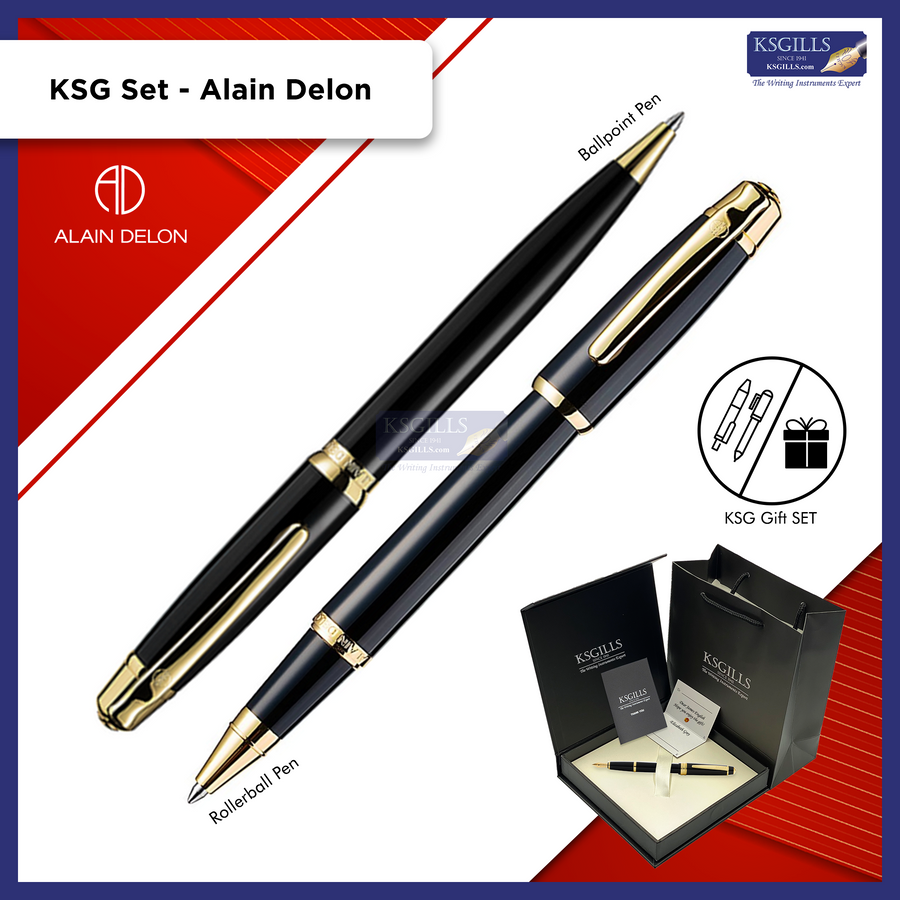
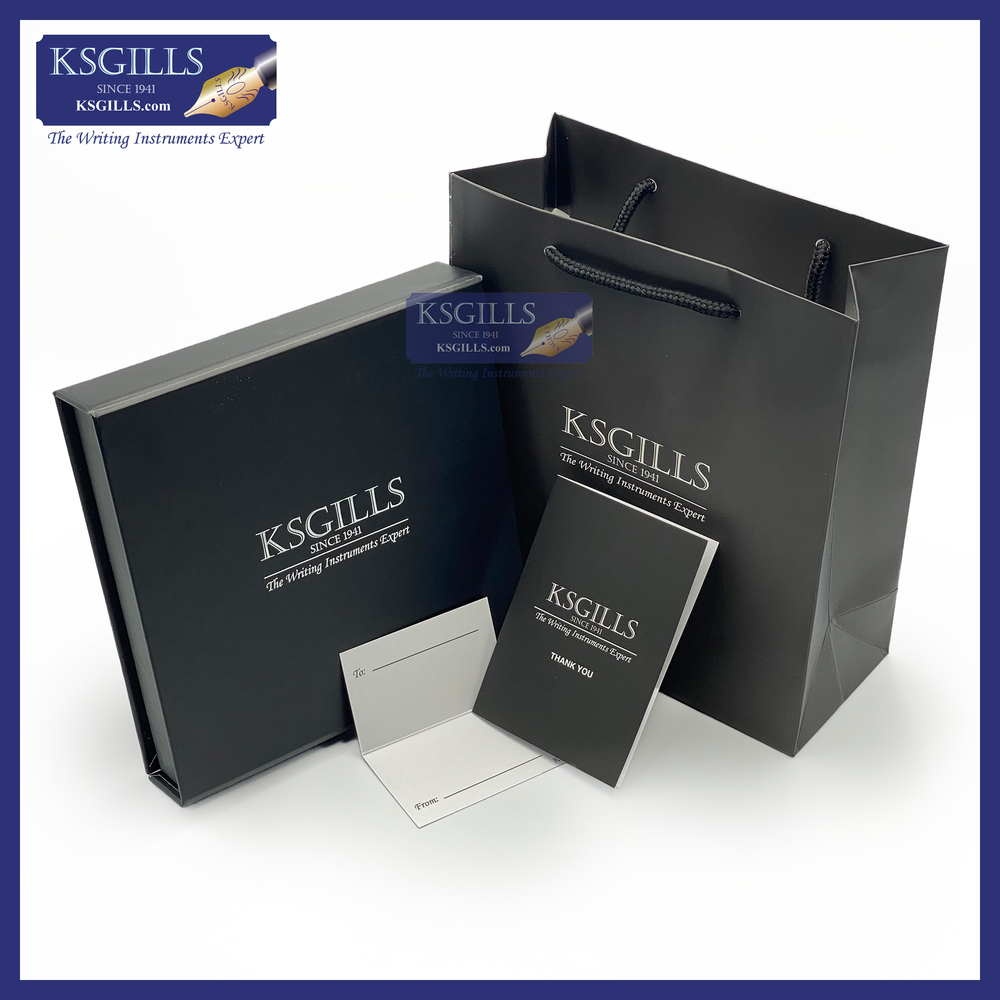

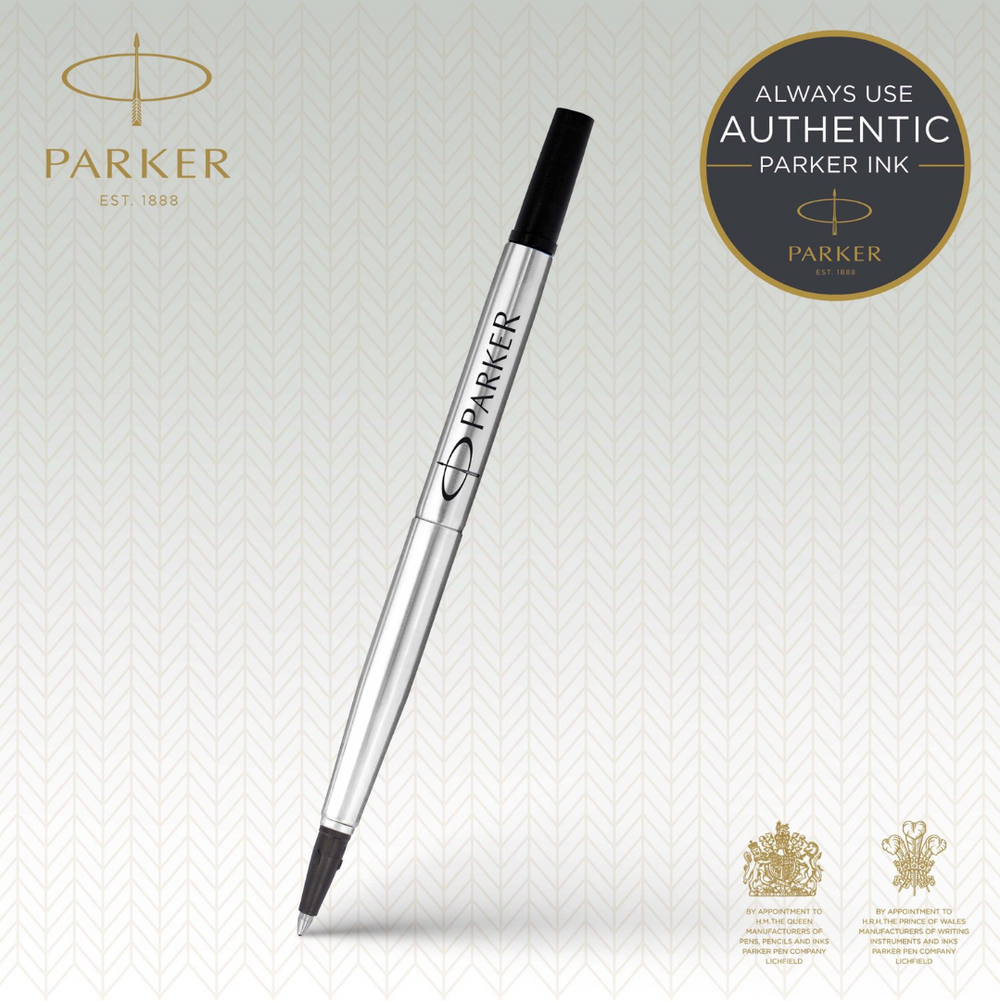
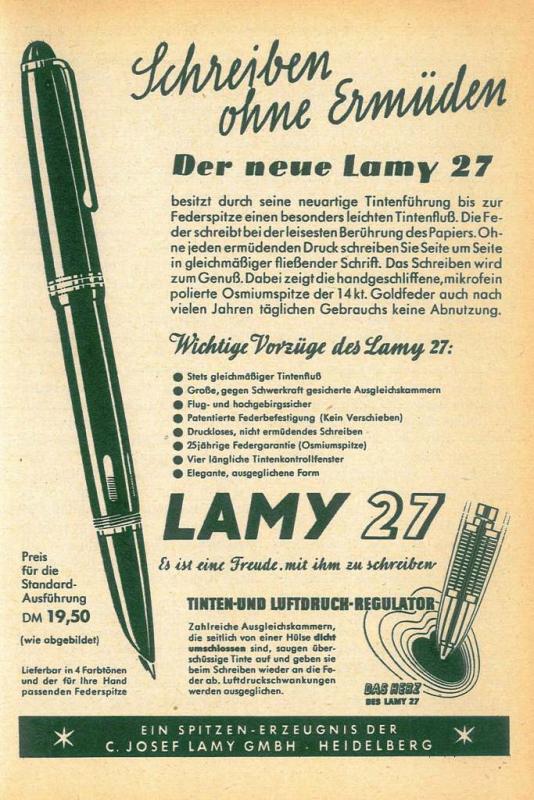
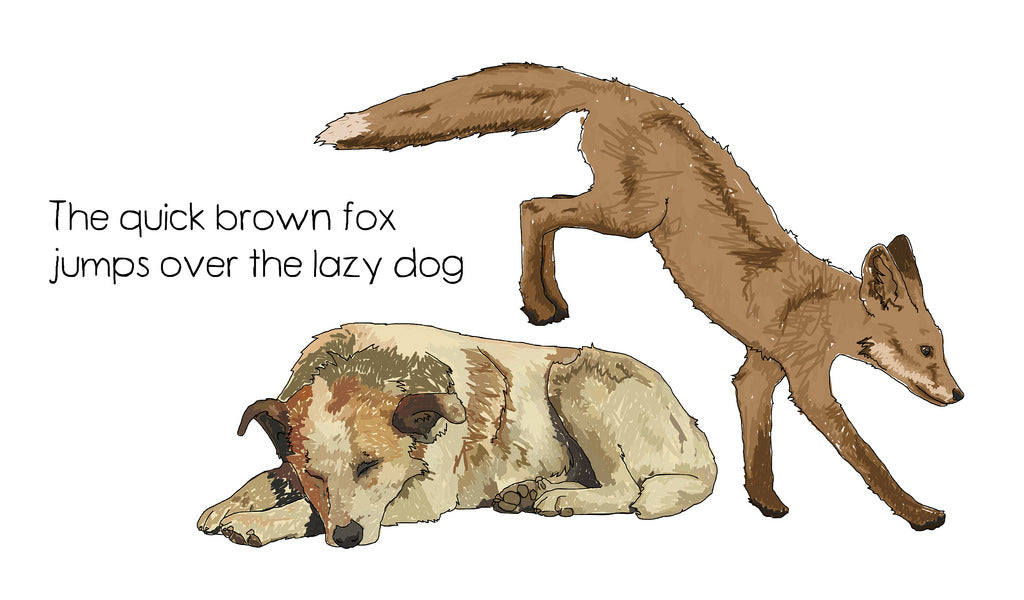
![KSG set - Double Pen SET - Parker IM Fountain & Ballpoint Pen - [Various Colours] - KSGILLS.com | The Writing Instruments Expert](http://ksgills.com/cdn/shop/products/THUMBAIL_KSGGiftSet-ParkerIM-BlackGold-FP_BP-Main.png?v=1659158551&width=900)
![KSG set - Double Pen SET - Parker IM Fountain & Ballpoint Pen - [Various Colours] - KSGILLS.com | The Writing Instruments Expert](http://ksgills.com/cdn/shop/products/BlackGold.png?v=1693741987&width=1000)
Leave a comment